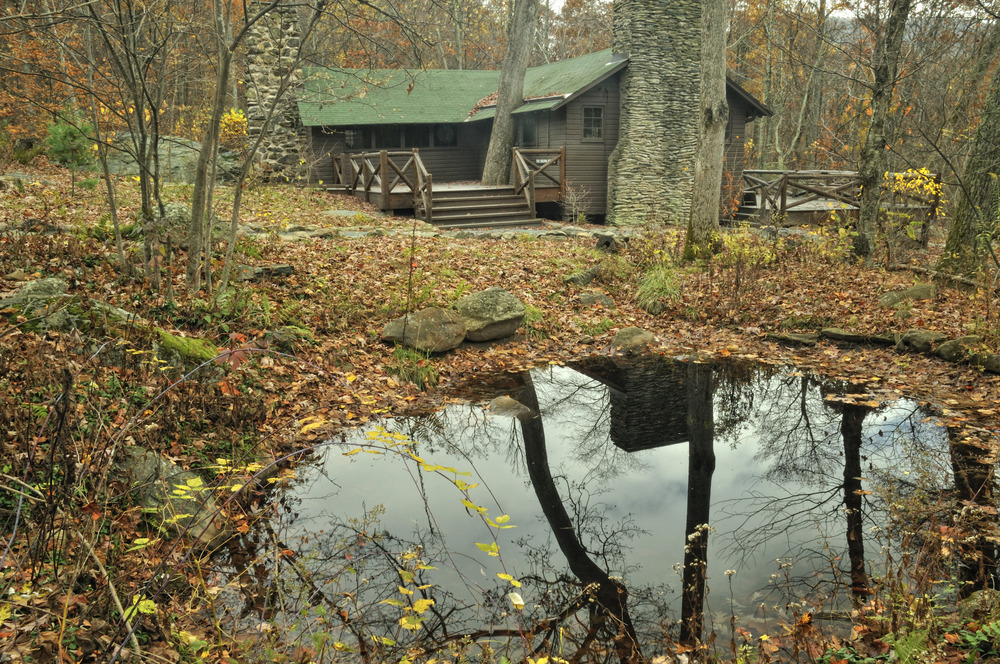A Colorful Reason To Plan A National Parks Adventure
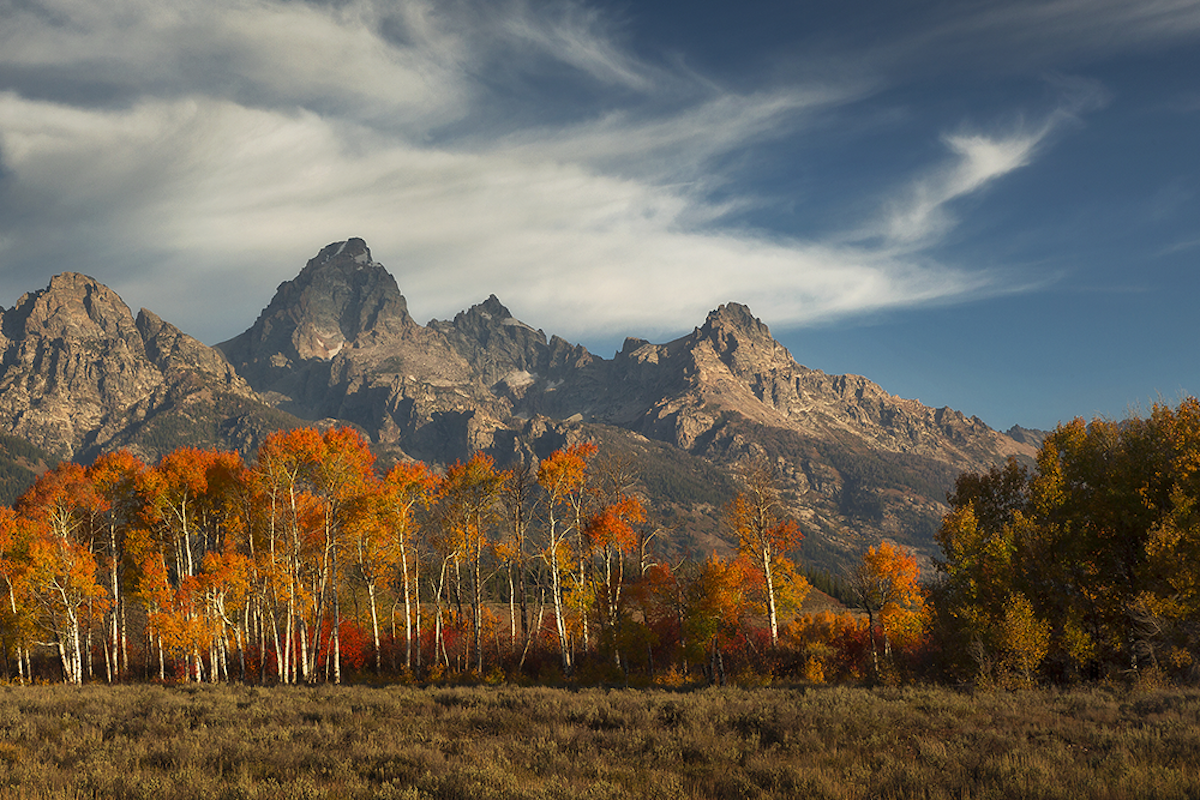
National parks look great anytime of year, but several truly glow as their fall landscapes fill with colorful foliage.
Decreasing sunlight reduces chlorophyll production in leaves. And that science is a good thing for leaf peepers who love the reds and yellows and browns of autumn.
Here’s a handful of parks to consider visiting, and what you can expect in terms of restrictions related to COVID-19.
Lassen Volcanic National Park, California.
Though dominated by evergreens, Lassen Volcanic National Park enjoys a vibrant color palette every fall as deciduous trees and aspen, cottonwood, alder shrubs and wildflowers like mule's ear and rabbitbrush transform color between September and October.
Hat Meadow, Devastated Area and valleys in the Southwest Area are prime locations for viewing Autumn’s splendor. Experience ideal hiking weather as the temperature drops.
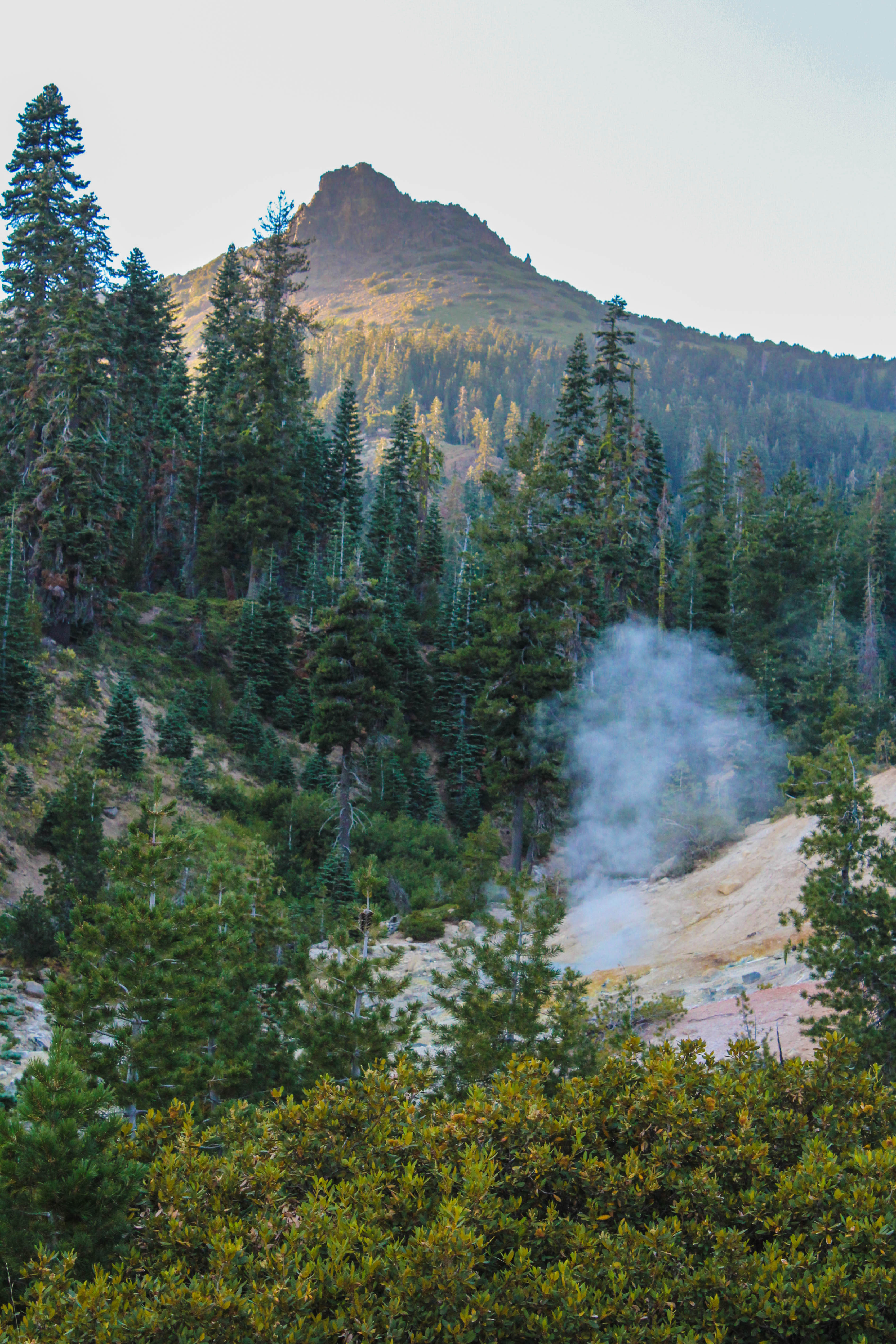
Rocky Mountain National Park, Colorado.
Expect to soak in lots of golden hues from aspen trees dotting the park. Shades of maroon and auburn come into focus as well.
Fall is the mating season for elk at this Colorado sanctuary. The mating season typically lasts from mid-September to mid/late October and the elk are known to cluster, sometimes by the hundreds, in one location.
Note: All fires are banned in Rocky Mountain National Park until further notice. Reservations are required to enter the park when arriving by vehicle between the hours of 6 a.m. and 5 p.m.
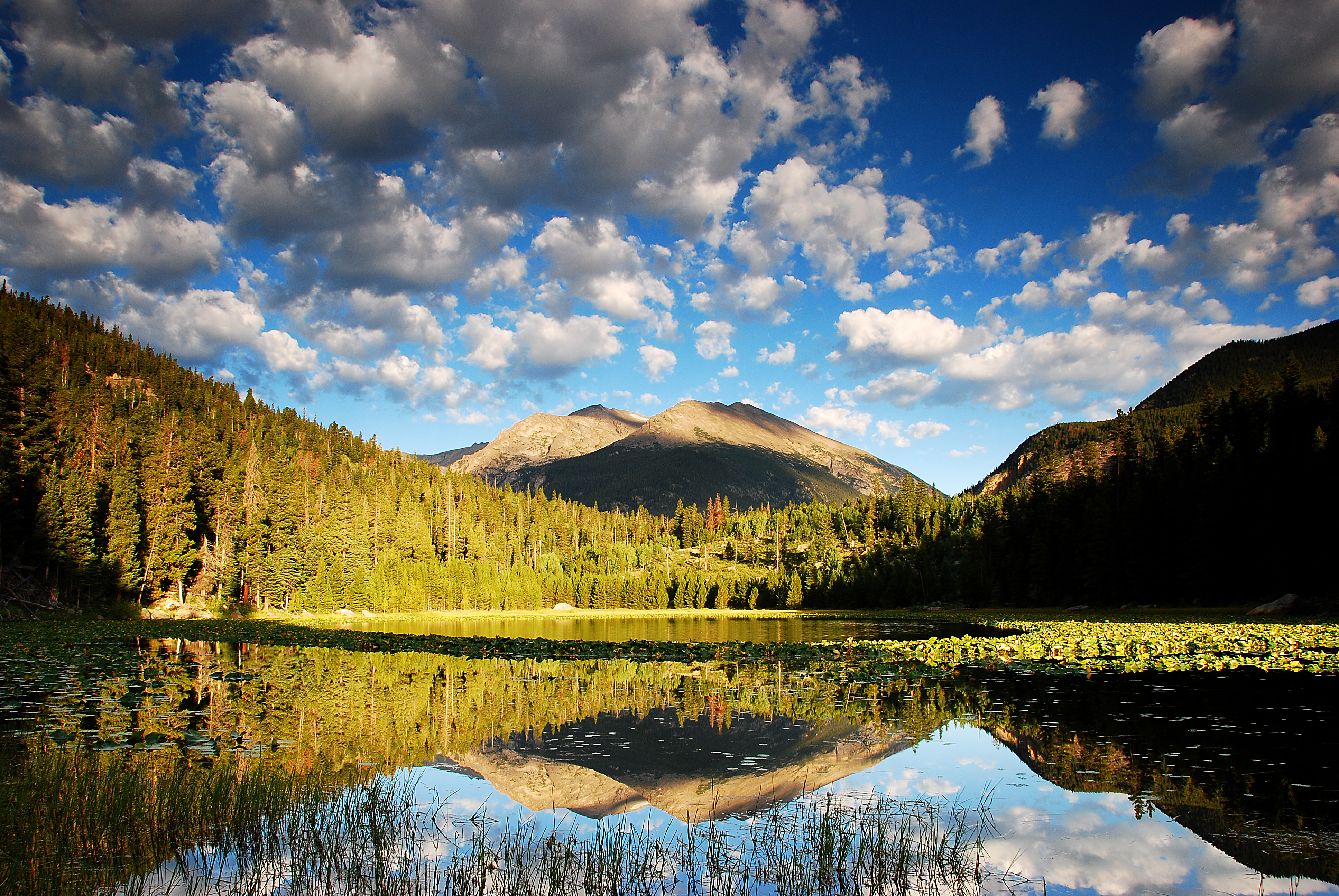
Yellowstone National Park, Idaho, Montana and Wyoming.
A crown jewel of the National Park system, Yellowstone offers far more than just Old Faithful. Expect to see steam rising from the ground on cold mornings as panoramic views offer vivid colors.
The park’s wildlife adapts with the change in seasons as well. Some migrate, others stock up on food. Grizzly bears and black bears typically head for higher elevations to snack whitebark pine seeds that can sustain them through winter hibernation.
Lake Village’s general store remains open through October 4, while Lake Lodge Cabins shut down September 27.
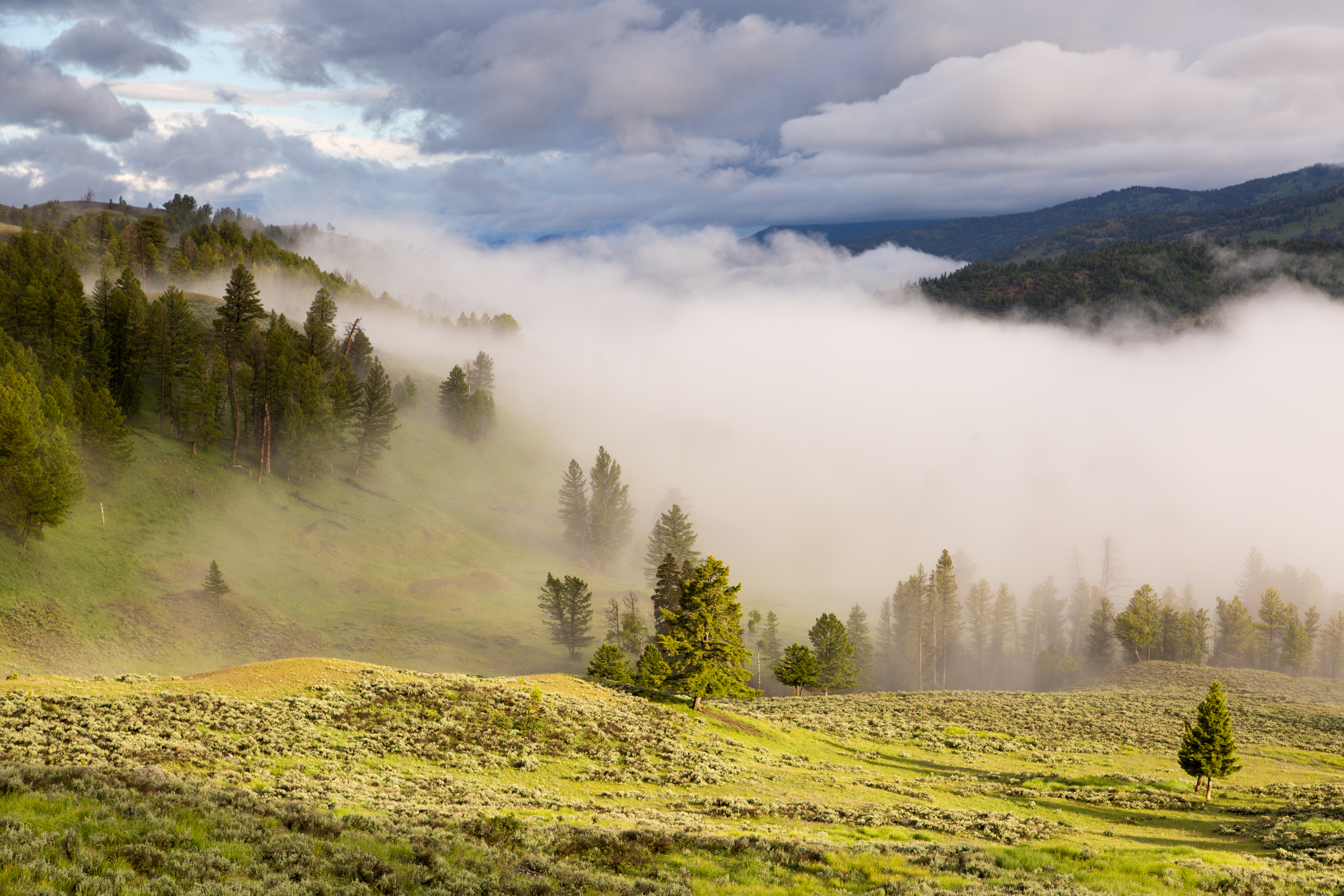
Glacier National Park, Montana. Remote, but worth the journey, Glacier National Park frames views of craggy, snow-capped mountains and alpine meadows. Trees begin changing color mid-September on the west side of the park, while fall colors bloom in late September and October on the park’s eastern side. The last color change comes when the larch trees--a deciduous conifer that sheds its needles--turns gold in mid-October.
On the west side of the park, the trees begin changing color mid-September, and on the east side, fall color appears more towards the end of September and beginning of October. The last color change is when the larch trees (a deciduous conifer that loses its needles), mainly on the west side of the park, turns a gold color in mid October. Sometimes the best road for viewing the larches is on Highway 2 around the southern boundary of the park.
According to the National Park Service, entrance to the Going-to-the-Sun Road is available 24-hours a day, between West Glacier and Rising Sun. The NPS advises travelers to expect congestion on this roadway.
Bus tours are not currently operating, and food service throughout the park is limited. While Glacier National Park Lodges has announced the delayed opening of their lodging, food service and gift shop operations in the park, Lake McDonald Lodge and the Village Inn are currently open. However, the Lake McDonald Lodge lobby and its restrooms are closed to day-use visitors. Food service is take-out only.
Granite Park and Sperry Chalets plan to open to overnight guests only. Prior to the full opening of the Going-to-the-Sun Road, guests of Granite Park Chalet will be shuttled to the Loop and will access the chalet via the Loop Trail.
See NPS video of all the fall colors here.
Indiana Dunes National Park, Indiana.
Though views of the water typically get the most attention at this park on the shores of Lake Michigan, Indiana Dunes’ clusters of maple trees provide some breathtaking scenery every fall. Scout rare species of birds as they migrate across more than 15,000 acres of protected land.
To help prevent the spread of COVID-19, visitors are required to wear face masks outdoors when social distancing is not possible.
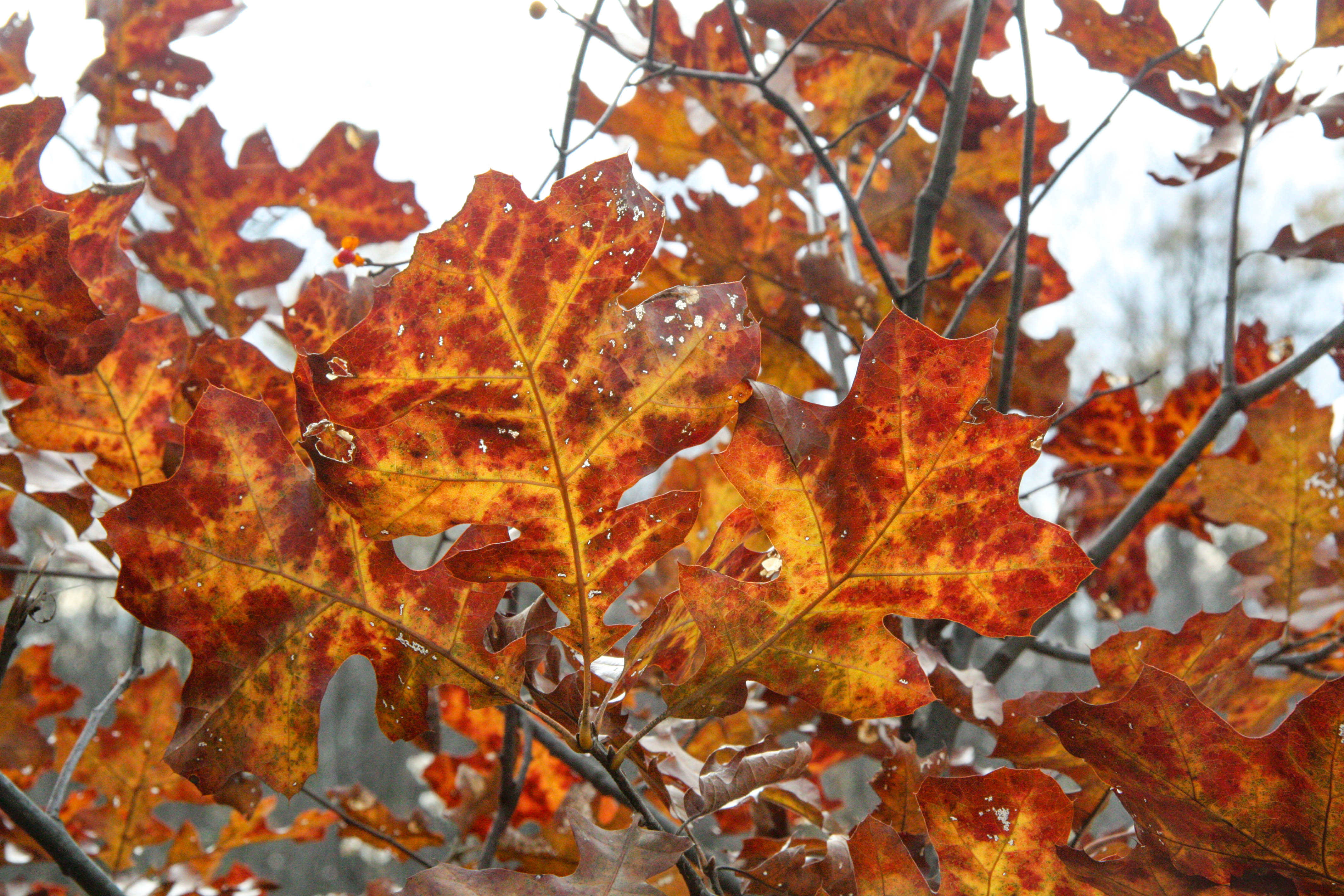
Pecos National Park, New Mexico.
Stargazers should head for this park that includes an 18th century mission church and Civil War battleground. The western skies offer vistas of constellations and planets.
The E.E. Fogelson Visitor Center is partially open. Though the park’s museum and theater remain closed. Park trails are open during park hours.
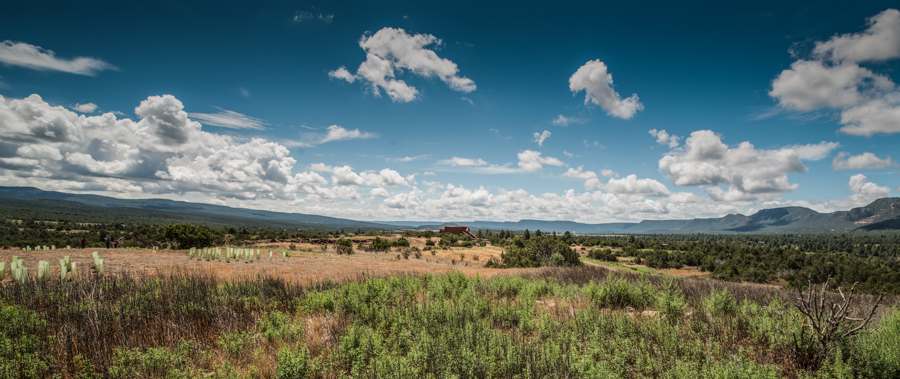
Cuyahoga Valley National Park, Ohio. This jewel is a short drive from the bustling urban centers of Cleveland and Akron.
The refuge for native plants and wildlife is defined by the meandering Cuyahoga River, which is lined with trees turning amber, yellow, auburn and orange.
Though hiking trails and portions of the park are open, all programs are cancelled.
The NPS reports that the Boston Mill Visitor Center is partially closed until further notice, though visitors can seek information and ask questions at the Boston Mill train boarding station where rangers are available daily, from 10 a.m. to 4 p.m.
Rangers request that hikers travel loop trails in a clockwise direction only and alert others when passing on the left, as one-way traffic reduces the number of encounters with other visitors.
Great Smoky Mountains National Park, Tennessee.
Straddling the border of Tennessee and North Carolina, this park is known for its diverse flora and fauna. It’s the most visited National Park in the country, according to the National Park Service.
Aster flowers are in bloom during the fall, and come in a variety of colors.
Multiple visitor centers and campgrounds are open, as the park rolls out its phased reopening.
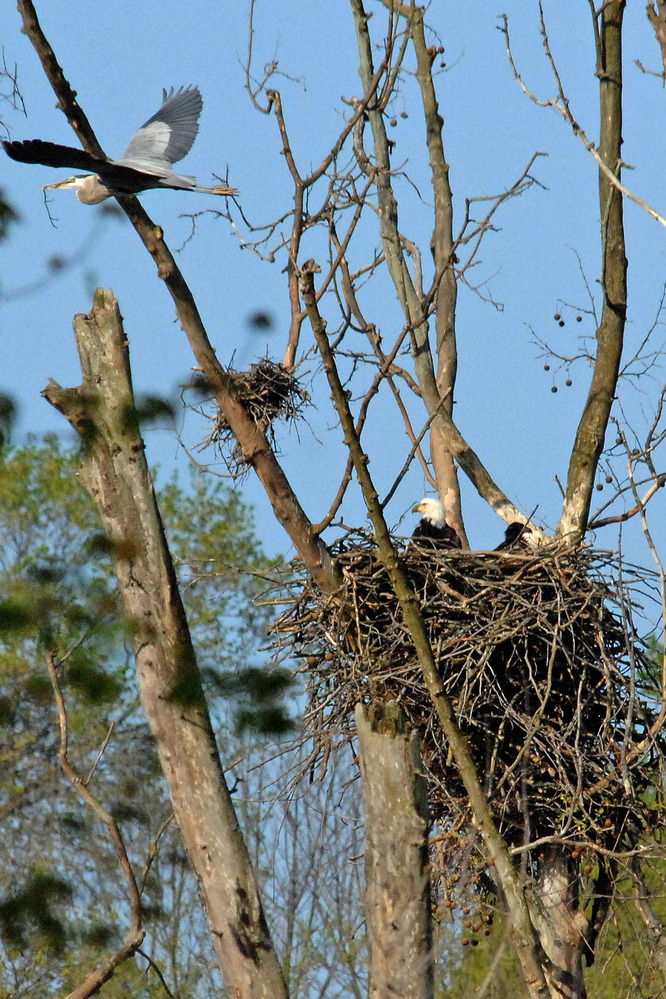
Guadalupe Mountains National Park, Texas. This hidden gem in West Texas transforms into a serene, colorful landscape every fall. The leaves transform into colors one might find in a Bob Ross painting.
While a number of trails have been reopened, much of the park and its facilities remain shuttered for safety precautions. The Pine Springs Visitor Center, Campgrounds and all Backcountry use, Dog Canyon Contact Station and trails, McKittrick Canyon Contact Station and trails, public restrooms, Williams Ranch and Gypsum Sand Dunes are among the active closures.
However, Devil's Hall Trail and Guadalupe Peak Trail are fully open, and one-way traffic is permitted on the Smith Springs Trail.
See an NPS video of fall's splendor here.
Shenandoah National Park, Virginia.
Shenandoah National Park features more than 500 miles of trails, including 101 miles of the Appalachian Trail, meaning plenty of opportunities to bask in autumnal hues.
Just 75 miles from the nation’s capital, Shenandoah National Park provides residents of Washington D.C., Baltimore and other neighboring metropolises a nearby destination for a weekend getaway.
Fall proves to be a truly special time at Shenandoah, which offers more than 200,000 acres of protected lands that attract deer, songbirds, and black bears.
The park is open 24 hours a day, seven days a week. Campgrounds are open at full capacity and the backcountry, including its shelters and huts, is open for overnight camping.
